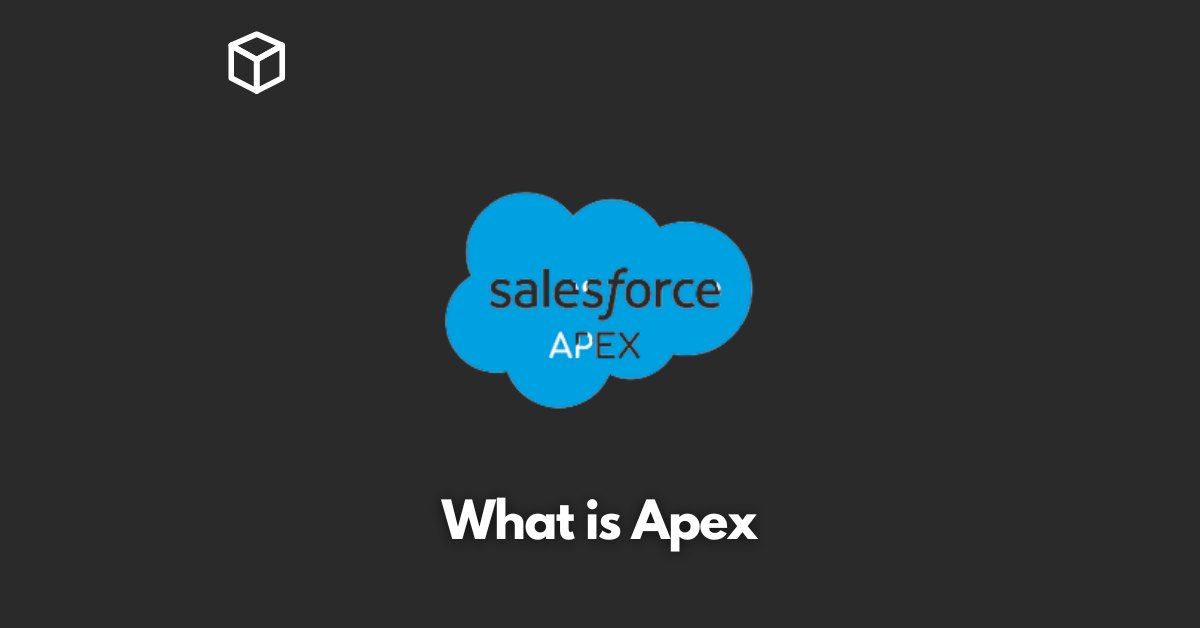Apex is a programming language developed by Salesforce.
It is used to develop applications for the Salesforce platform.
Apex is a strongly-typed, object-oriented language, similar to Java and C#.
With Apex, developers can write custom business logic and interact with the Salesforce data model to create custom functionality and automate business processes.
Getting started with Apex
To get started with Apex, you will need to set up a development environment.
This includes installing the Salesforce CLI and creating a Developer Edition org.
The basic syntax and structure of Apex code is similar to Java and C#, making it easy for developers familiar with those languages to pick up.
Here are a few simple examples of Apex code snippets:
A Hello World example:
System.debug('Hello, World!');
An example of a basic Apex class:
Copy code
public class MyApexClass {
public void myMethod() {
// code goes here
}
}An example of a basic Apex trigger:
trigger MyApexTrigger on Account (before insert) {
for(Account a : Trigger.new) {
// code goes here
}
}Apex data types and variables
Apex supports several data types, including Integer, String, Boolean, and more.
When declaring variables, it is important to specify the data type.
Here’s an example of declaring and initializing a variable in Apex:
String myString = ‘Hello, World!’;
It is also important to follow good naming conventions when working with variables in Apex. This makes the code easier to read and understand.
Apex classes and objects
In Apex, classes and objects are used to organize code and define the behavior of an application.
A class is a blueprint for an object, and an object is an instance of a class.
Here’s an example of a basic Apex class:
public class MyApexClass {
public void myMethod() {
// code goes here
}
}Creating custom classes and objects in Apex allows for more flexibility and control over the functionality of an application.
Apex triggers and Apex test classes
Apex triggers are used to perform specific actions before or after a record is inserted, updated, or deleted.
Here’s an example of a basic Apex trigger:
trigger MyApexTrigger on Account (before insert) {
for(Account a : Trigger.new) {
// code goes here
}
}Apex also has test classes, which are used to test triggers and other Apex code.
Here’s an example of a basic Apex test class:
@isTest
private class MyApexTestClass {
static testMethod void myTestMethod() {
// code goes here
}
}Apex Best Practices
When working with Apex, it is important to follow best practices for writing efficient and maintainable code.
This includes commenting code, using good naming conventions, and avoiding hard-coding values.
It’s also important to test your code thoroughly, and keep in mind of the governor limits.
Conclusion
Apex is a powerful programming language that allows developers to create custom functionality and automate business processes on the Salesforce platform.
By following best practices and utilizing the features of Apex, such as classes, objects, and triggers, developers can create robust and efficient applications




